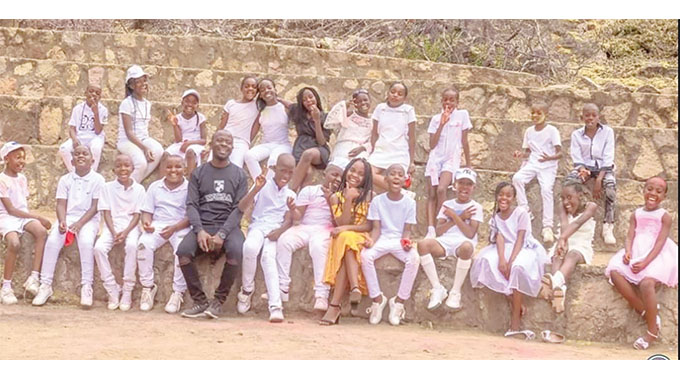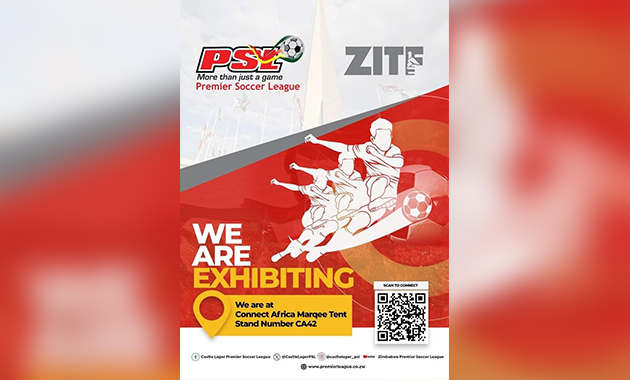Are the Lady Sables ready to compete with the best?

Simba Jemwa, Sports Correspondent
ALTHOUGH the Zimbabwe Rugby Union (ZRU) has done its best to grow the women’s game, the 108-0 demolition of the Lady Sables by the South African Springbok Women proved that there is still a wide gap for Zimbabwe to navigate before competing at this level.
And while there is some sort of activity for women’s rugby in the country, the key question is, are the right things being done in schools, colleges, clubs and at provincial level in terms of development or is it just going through the motions.
After the Lady Sables’ humiliation by the Springbok Women in their opening game of the Rugby Africa Women’s Cup at City Park in Cape Town, South Africa on Wednesday, there are points to ponder, including whether there is enough development work being done to expect any more than such results on a regular basis.
According to the ZRU Women’s Committee, the Lady Sables were selected from the rugby league that is running concurrently with the Harare Province rugby league.
The committee also said training camps for players from Bulawayo and Matabeleland North and South were held at Hartsfield ground and in Manicaland from where coaches and selectors selected a squad that trained together for four months.
“We are working on getting more girls’ schools to play the game, but there is a lot of work to be done to first fight the social stigma and stereotyping at family level all the way up to society and national level. We believe that once these barriers are broken, the game will receive more acceptance and more and more girls and women will join the fray and rugby might in future surpass netball and football as the most popular sport,” said the ZRU Women’s Committee said.
The ZRU Women’s Committee comment is a clear indication that the women’s game does not have proper structures and enough numbers to be competing at international level.
“Key challenges we face are common to Third World countries. The fact that we play amateur rugby means that most people play after an 8am-5pm job and they have to grapple with the challenges of transport and survival.
“The general lack of sponsorship means there is very little in the way of perks for players and clubs alike. This negativity impacts on the quality of players as well as quality of play in the women’s rugby talent supply chain management.”

Springbok Women
ZRU chief executive officer Sifiso Made confirmed that there is still schoolgirls’ rugby in the country, but numbers of active participants and their skills levels are not available.
“The biggest challenge with schoolgirls’ rugby is that we cannot merge the Government schools’ calendar with the private schools’ calendar and this makes it difficult for us to keep track of the talent that is in the country. It also presents a challenge in terms of picking what could be the best national junior team and subsequently the development of all players in the country,” said Made.
Ahead of the tie against the Springbok Women, anyone could have suggested that the Lady Sables would meet the challenges facing them with grim determination, but in the aftermath of Wednesday’s one-sided match, this assessment would certainly fall off the wagon.
The Lady Sables were everything any sports fan hates in their favourite team; lethargic, unbalanced and utterly lacking in personality, against a team that has been together for about two years working on building, not just a team, but individuals ready to carry the extra weight if need be.
The loss and result can, however, still be argued that the Lady Sables’ opponents have better organisation, better training facilities, better sponsorship, better development programmes and a whole lot of other betters.
But the world of sport doesn’t care about mitigation, and all defeats are of equal weight when the points are tallied.
After any match, the wider picture painted is one that justifies most Zimbabweans’ pessimism. If recent history is anything to go by, the Lady Sables’ Rugby Africa Women’s Cup campaign is already over.
That may sound overly dramatic and, to some people, overly disrespectful, but the reality is that no team in the professional sporting era can lose a game by such a vast margin and go on to win a title.
Having already tasted defeat regularly in the last 12 months, the Lady Sables’ margin for further error between now and the end of their tournament when they face Namibia tomorrow will be very fine.
The Springbok Women scored 17 tries as they massacred the Lady Sables, nine of which were scored in the first-half.
At half-time, the Lady Sables were trailing 53-0.
Little changed in the second-half, as the hosts put Zimbabwe to the sword, courtesy of a relentless attacking masterclass that totally ran rings against the Lady Sables.

Rugby ball – Image taken from Shutterstock
And this is not to say it was all gloom for the Zimbabwe women, as they also managed to venture into their hosts’ half, but in one such effort, conceded a turnover and another try. Statistically, the Lady Sables were just out of it.
In attack, the Springbok Women managed 121 passes compared to Zimbabwe’s 67, while also getting 11 offloads to the Lady Sables’ seven offloads and six-line breaks to their opponents’ one.
The hosts also had nine outside breaks, with Zimbabwe managing none.
Of the set pieces, the Lady Sables only managed to win seven out of eight scrums, which represents 75 percent, compared to South Africa’s 100 percent from their five scrums.
Zimbabwe also struggled in the lineouts, winning only one out of six (17 percent), while South Africa won seven out of nine lineouts (78 percent).
South Africa won 57 breakdowns to Zimbabwe’s 46, and had five ball steals to Zimbabwe’s one.
The Springbok Women also forced the Lady Sables to concede two forced penalties, while conceding none themselves. — @RealsimbaJemwa











Comments